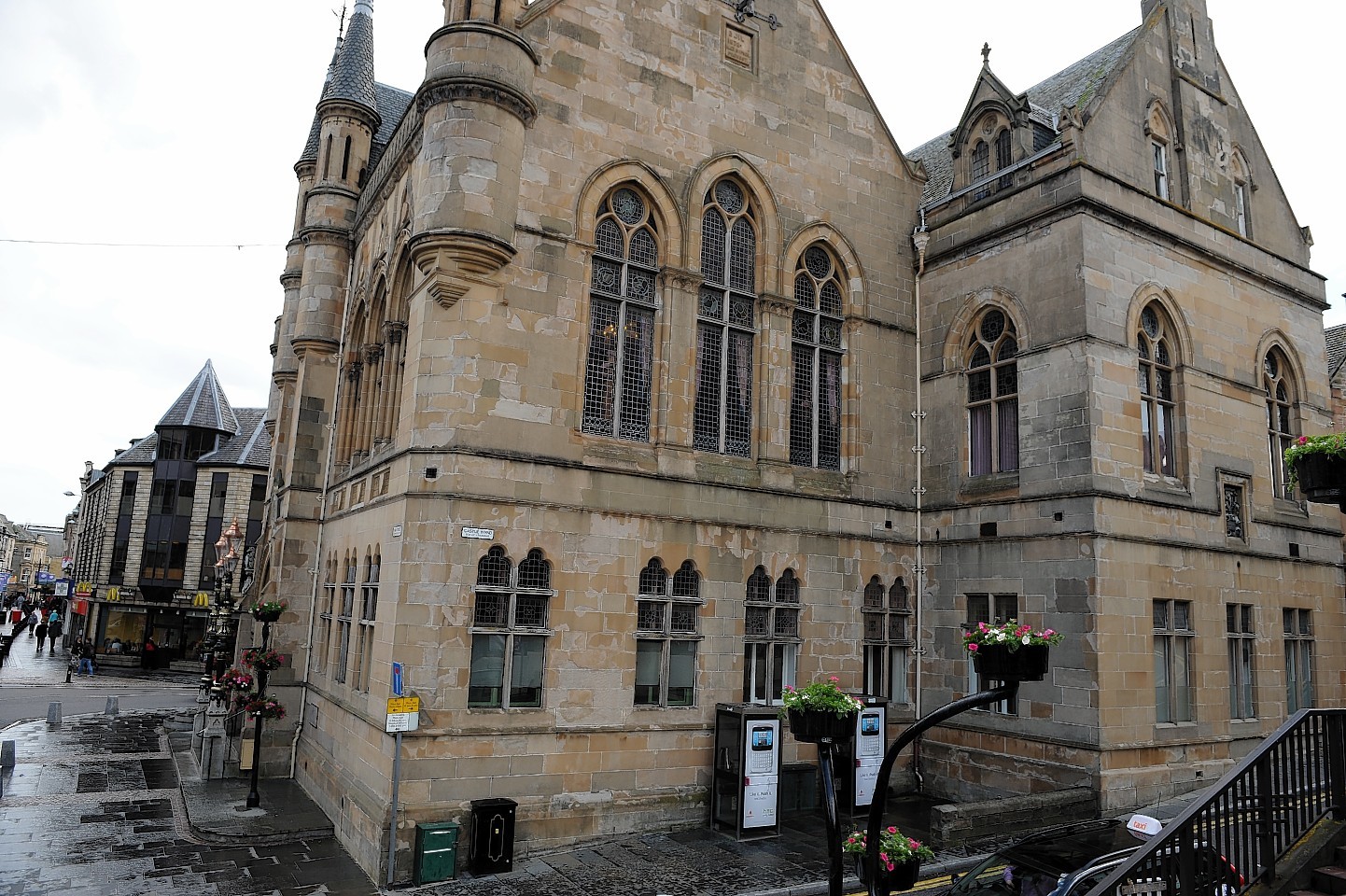Failing masonry on one of Inverness’s most iconic buildings is “a serious risk to the public”, according to a new report.
Highland Council have applied for planning permission to renovate the Town House external masonry, at a cost of over £8million.
A report submitted with the planning application says that the stonework is in “poor condition” and has “deteriorated to the extent that it represents a serious risk to the public”.
The report, submitted by LDN Architects on behalf of the council says that the authority are managing the risk by checking and removing loose masonry.
The architects carried out an extensive review of the building and found problems with the roofs and rainwater drainage systems are in poor condition and will need overhauled.
The building was built in 1878 and is a category A listed building, meaning it is deemed of national and international importance.
It was designed by local architects Matthews and Lawrie in a distinctive Flemish baronial style.
Inverness Civic Trust chairman John West has welcomed the refit of the Town House but questioned why the building had been allowed to deteriorate to the extent it has.
He said: “The Town House is a very important asset and it is one which is associated widely with Inverness and is appreciated by people who live here and visit.
“It is obviously welcome that plans are in place to restore it properly and it is something that has been talked about for some time.
“My concern is why it will cost around £8million in the first place though.
“I think in future better stewardship needs to exercised to maintain the fabric of the building, taking a little and often approach.
“That would be cheaper in the long run in my view.”
The work will involve replaces up to 80% of the stonework in a number of phases, starting with the facade on Castle Wynd and working clockwise round the building.
Each phase will also involve an element of roof overhaul and window repair or replacement.
The architects say that it will be a time consuming job which cannot be undertaken in the winter due to the stonework.
